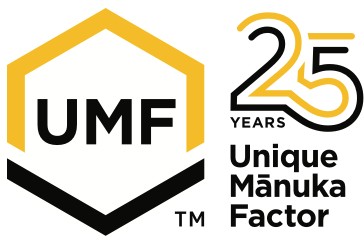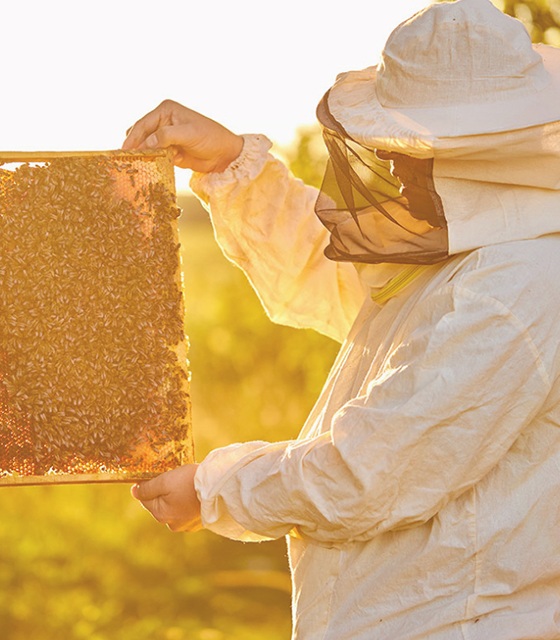What makes the UMF Rating and Quality mark stand out. It is all together better. It is the worlds only quality assurance system and the worlds only independent standard.
No other system comes even close to the lengths of the UMF Honey Association to validate the most important active components, MGO and leptosperrin, and the critical quality factors DHA and HMF which ensure the product is fresh and will deliver expected benefits for the shelf life of the product.
UMF certified product is packed and sealed for consumers in New Zealand to ensure it retains its purity and freedom from adultueration. Not only that, but to ensure product quality remains true to label, we test product quality in market using our accredited laboratories in USA, UK, and China.
The UMFHA is committed to traceability and transparency and using the batch and license holder numbers on each UMF certified jar of New Zealand mānuka honey you can trace the product back to the original quality certificate for that jar. That’s “Quality You Can Trust”.




